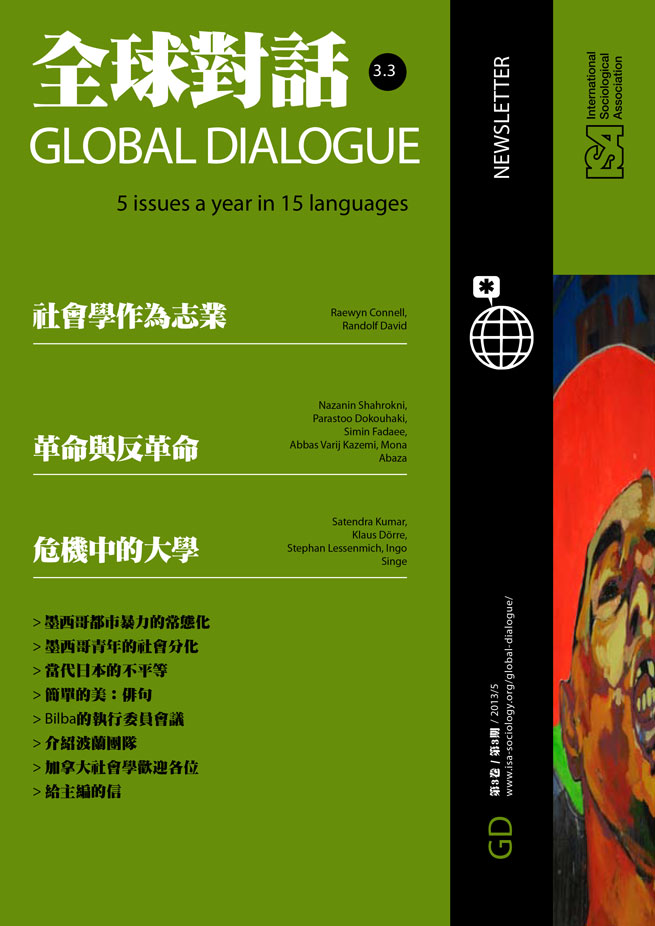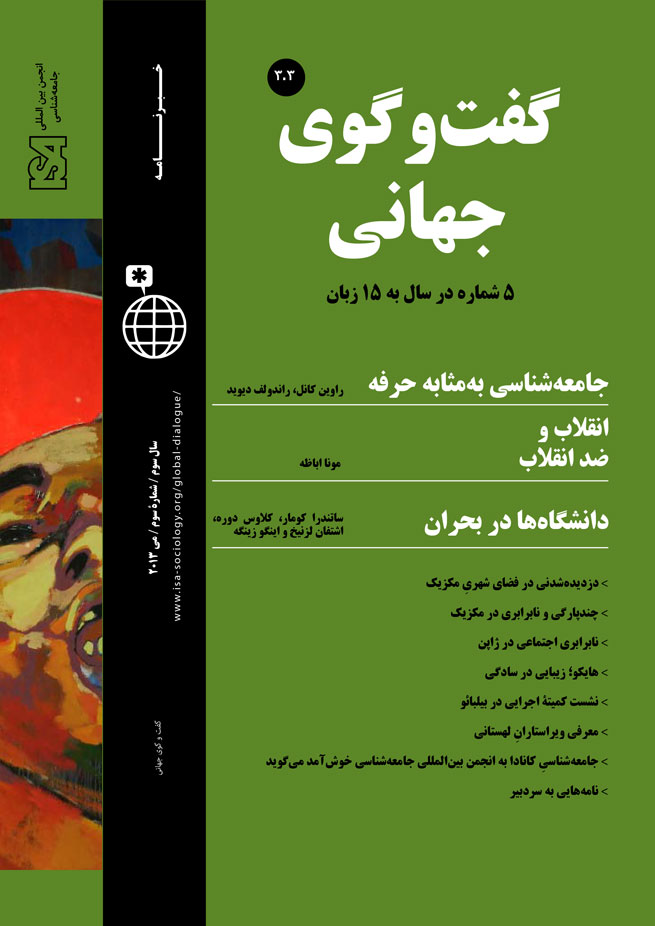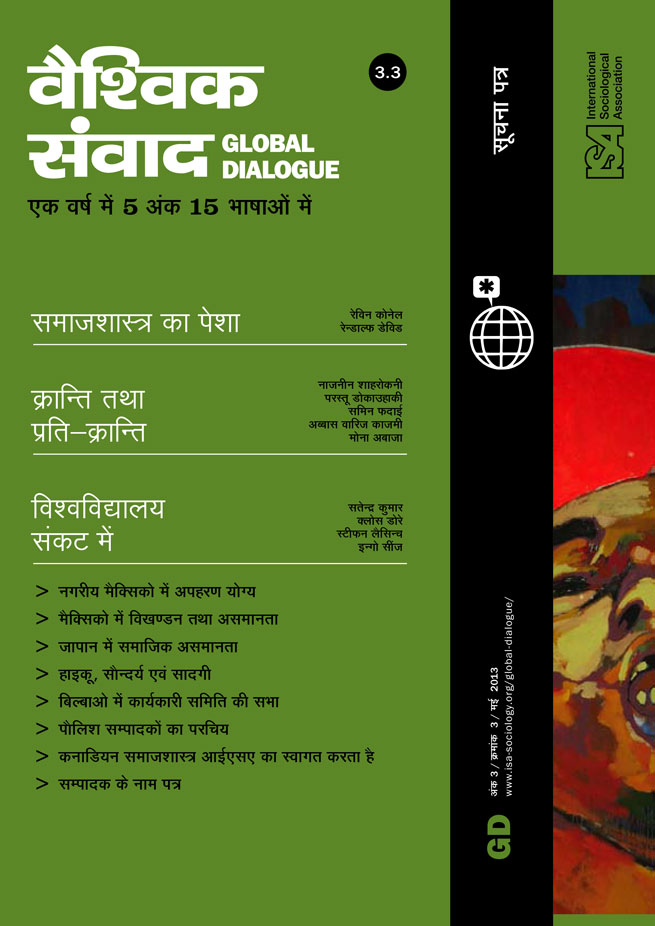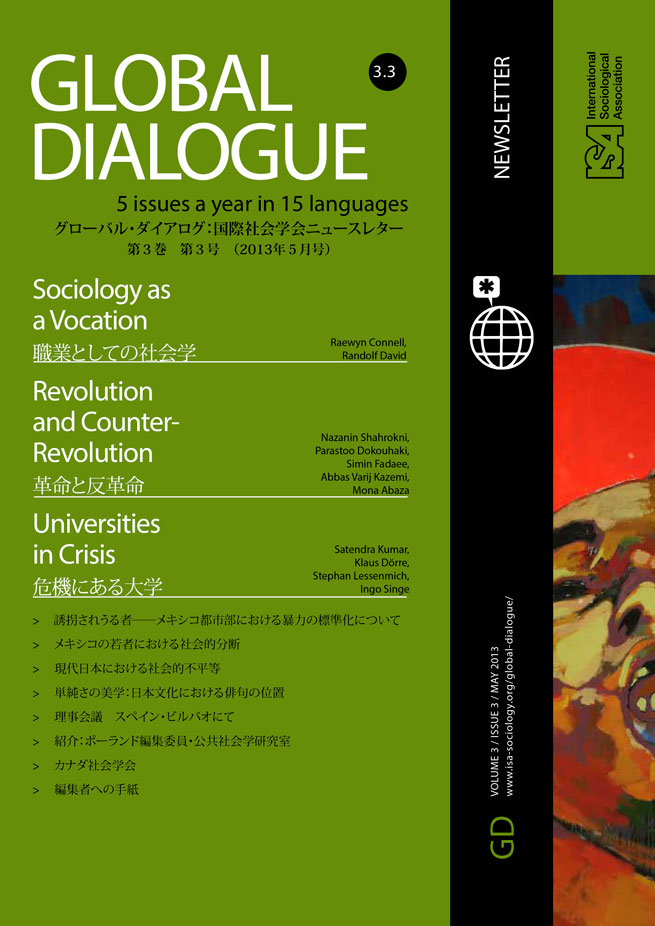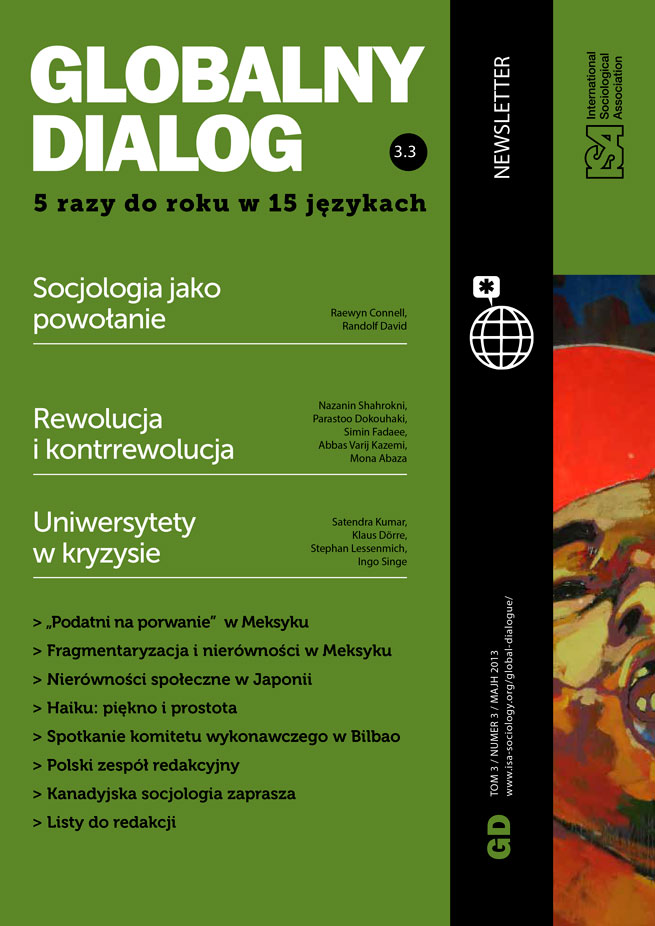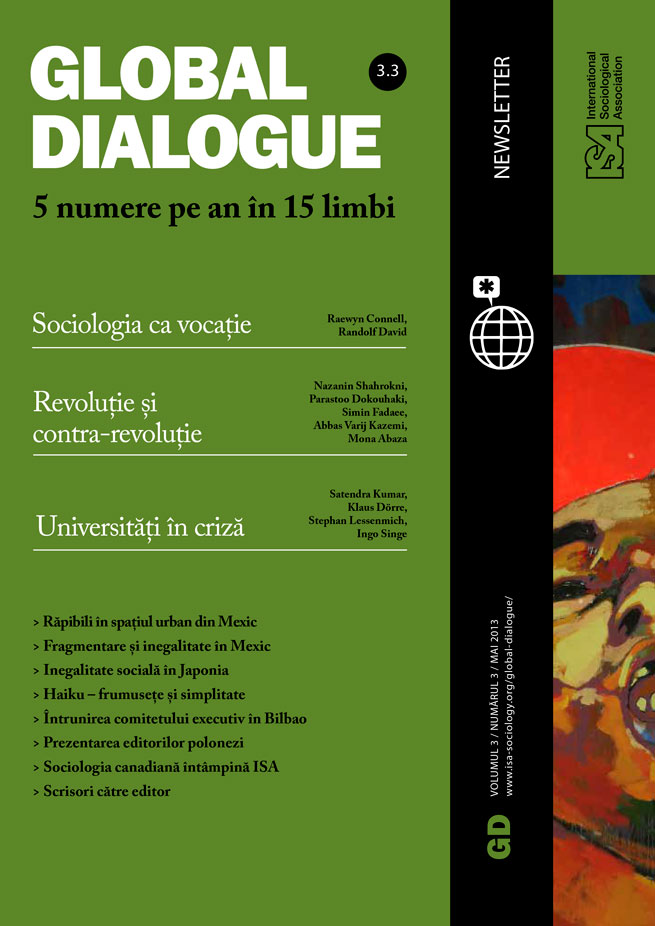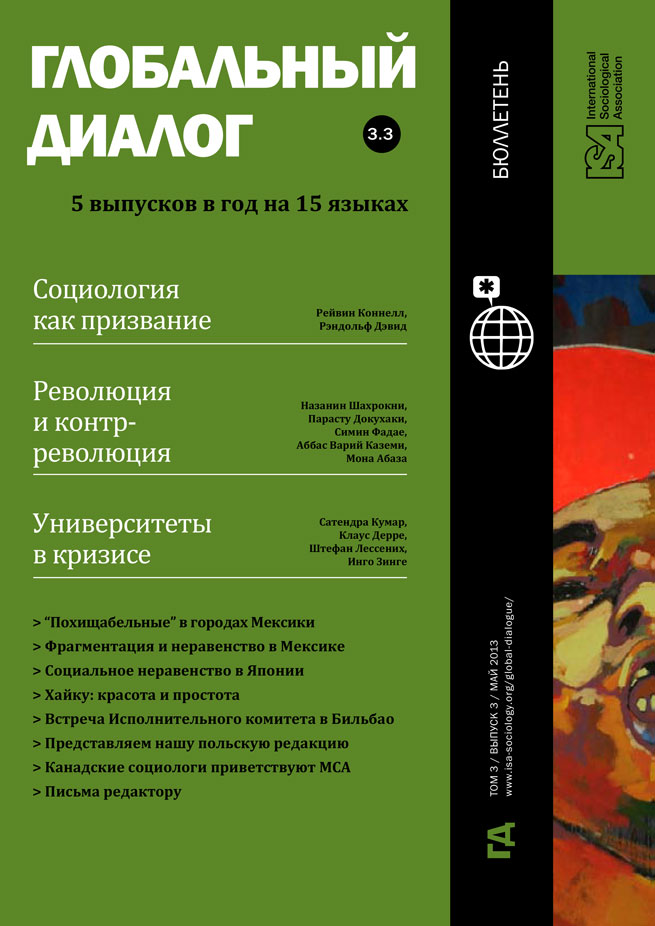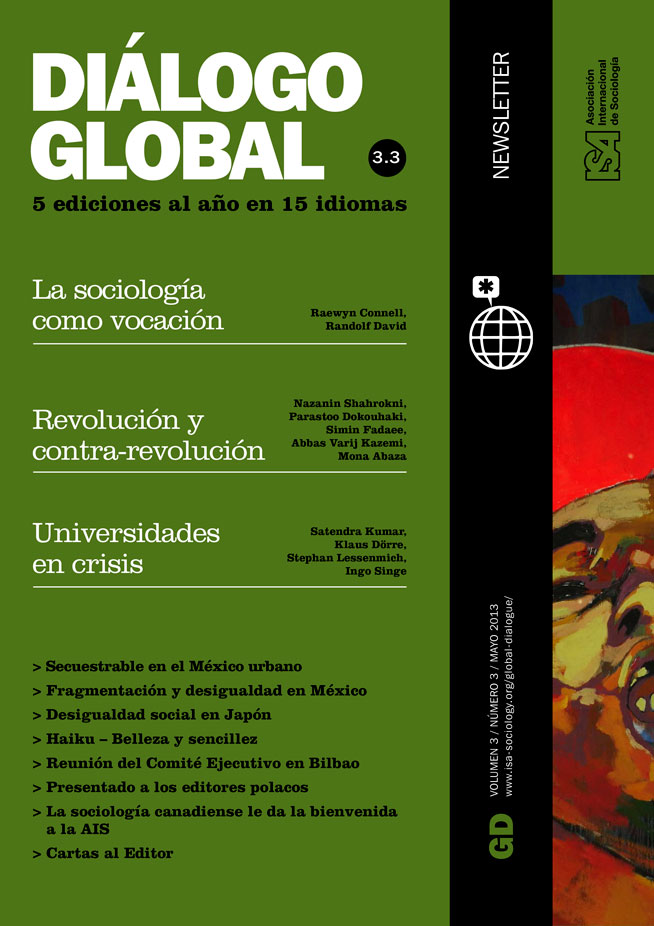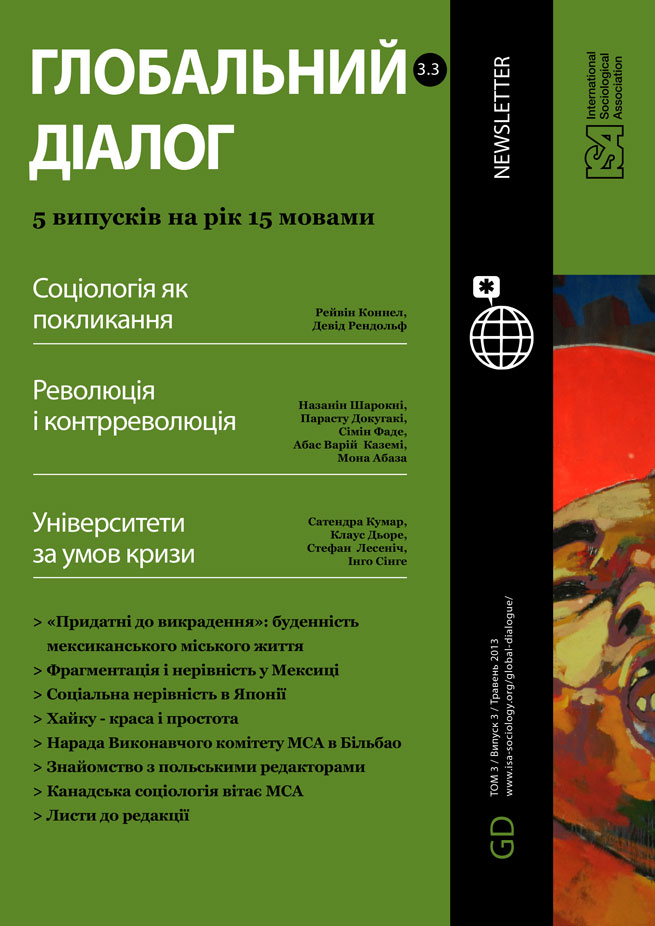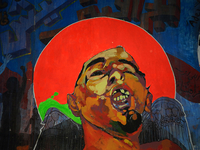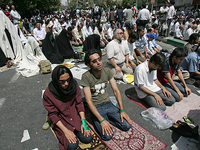Who is behind Iran’s Green Movement?
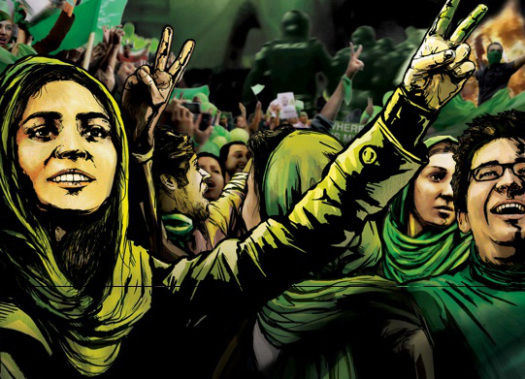
April 28, 2013
The Green Movement of Iran emerged after supporters of Mahmoud Ahmadinejad’s main rival in the presidential election of 2009 took to the streets and protested the election results. The protestors then transformed themselves into a complex and popular movement that is active in actual and virtual space. In light of the ongoing debates regarding the social activists of other recent uprisings in the Middle East, I will examine the social base of those who have been involved in the Green Movement of Iran. I argue that the main protagonist is the newly emergent social force that I refer to as the “post-Islamized Milieu.” This milieu was at the core of the Green Movement of Iran in 2009. Similar forces shaped the core of the Arab Spring a year later.
The Green Movement must be understood in the context of the nationwide social movement called the Reform Movement, which came into existence in the 1990s. It was a response to the introduction of Islamism after the revolution of 1979 and to subsequent economic reforms of the late 1980s. The Green Movement emerged as the continuation of, and within the framework of, the Reform Movement.
Immediately after the revolution, Islamism began to dominate all aspects of the social structure. This meant that existing institutions were reorganized with reference to Islamic laws and regulations, while “new” Islamic institutions were introduced to control different aspects of the economy, politics, and society. After the end of the war with Iraq and the death of Ayatollah Khomeini in 1988, the market economy was advanced to counterbalance Islamic statist policies of previous years. It was within this context that the Reform Movement emerged, calling for a diversified public sphere.
Pierre Bourdieu has argued that human beings react to different – i.e. new – situations based on a set of internalized dispositions that he termed “habitus.” People with a similar habitus who have access to similar resources and lead similar lives cohere into “social milieus.” Elsewhere I have analyzed the emergence of five major social milieus in early 1990s Iran on the basis of the changing social structures stemming from the intersection of Islamism and the market economy.[1] Here I focus on one of these major milieus, the “post-Islamized milieu,” because it was a driving force behind the Green Movement.
The post-Islamized milieu is comprised of urban middle-class residents who have access to higher education and the Internet, such as academics, artists, journalists, and students. They reject the “old” narratives and ideas represented by the Islamic Republic, and they embrace the idea of a “new” society. In comparison to the other milieus, they have the highest level of global cultural capital e.g. foreign language competence, Internet access and foreign travel. Some members of this milieu are former supporters of the Islamization process, yet they reject Islam as a binding force that can serve as the bedrock of the nation. What unites this milieu is a growing awareness and common understanding of such issues as social pluralism, civil rights, and liberal democracy which, in turn, stimulated new demands.
Mohammad Khatami’s election in 1997 and his support for reform was a tremendous victory for the Reform Movement, but Ahmadinejad won the presidential election of 2005 by focusing on economic and populist issues which appealed to segments of the traditional middle-class milieu, the working-class milieu and the rural milieu. In the following years these groups were frustrated by persistent unemployment and sluggish economic growth, and by 2009 their economic situation had deteriorated. Moreover, all the major democratic achievements of the Reform Movement of Khatami’s era had been rolled back.
Breezes of change began in the months and weeks before the 2009 election through an outpouring of support for the reformist candidate Musavi whose followers were then galvanized by the controversial reelection of Ahmadinejad. This opposition then grew into the Green Movement which expanded to encompass wider political issues.
The post-Islamized milieu shaped the core of the Reform Movement in its early stages. However, its further development and especially the rise of the Green Movement, was only possible with the participation of other social groups such as the traditional middle-class milieu and the working-class milieu. Due to the shortage of institutions that could support those facing economic devastation and political disenfranchisement, the Green Movement increasingly saw itself as a political opposition to the regime. As a result, it became a multi-layered and diverse movement with the potentiality to dramatically change older political, social, and economic structures in Iran.
[1] Fadaee, S. (2011) “Global Expansion of Capitalism, Inequalities and Social Movements: The Iranian Case,” in Boike Rehbein (ed.) Globalization and Inequality in Emerging Societies. Basingstoke: Palgrave-Macmillan.
Simin Fadaee, Humboldt University, Germany




